The Palace of Kangla is an old palace at Imphal in Manipur (Kangleipak). It was situated on both sides (western and eastern) of the bank of the Imphal River. But now it remains only on the western side of the bank. Only the ruins remain now. Kangla means “dry land” in old Meetei. It was the traditional seat of the past Meetei rulers of Manipur. ‘Kangla’ was the ancient capital of Manipur from the ancient times down to the year 1891 AD. It is located at the heart of the Imphal city almost intersected by 24°N Latitude, 94°E Longitude and it is 2,619 feet (798 m) above mean sea level. It is situated on the western bank of the Imphal River. In ancient times, ‘Kangla’ was the royal palace since the reign of Pakhangba who ascended the throne in 33 AD, according to “Cheitharol Kummaba”, the royal Chronicle of Manipur. In pre-Pakhangba period, a ruling clan named Khaba ruled from ‘Kangla’. ‘Kangla’ is not only the seat of political power but also a holy place for religious worship and ceremonies. There are a number of ancient treaties/manuscripts especially “Sakoklamlen” “Chinglon Laihui”, “Nunglon” etc., which lay down the rules for the construction, worship, ceremonies relating to ‘Kangla’.these palace was surrounded by a huge channel called”kangla pat”. Kangla is the most important historical and archeological site of Manipur. The kingdom of Manipur was established and developed at Kangla. Being a site of political and religious centre, Kangla has grown into a formidable fortress city through the centuries. It is from this capital that the Ningthouja clan gradually wielded enough political and military power and grew up to be the most dominant clan in Manipur. The royal chronicle gives many references to the construction of Kangla by successive reigning kings in Manipur. The major landmarks in the growth of Kangla Fort were constructed by King Khagemba (1597–1652 AD), the conqueror of the Chinese. The royal chronicle records that in 1632 AD, Khagemba constructed a brick wall at the western gate of Kangla Fort. It appears that the art of brick making was acquired from the Chinese prisoners who were captured during the Chinese invasion of the eastern frontier of Manipur. Khagemba’s son Khunjaoba (1632–1666 AD) improved on the fortification and beautification work of Kangla Fort. It is said that the king excavated a moat (Thangapat) on the western side of the Fort. During his period, the power and prestige of Manipur was at its peak. Burmese kings/chiefs approached him to settle their disputes and beg the hands of Manipuri princesses. The Fort was further improved and enlarged by King Garibaniwaz and after him by successive kings of Manipur. Since the reign of Maharaja Bhagyachandra (1762–1798 AD), due to repeated invasion by the Burmese, Kangla was deserted several times. Maharaj Gambhir Singh, with the help of the Manipur Levy, liberated Manipur from the hands of the Burmese invading forces which occupied Manipur for seven years. This period of Burmese Rule is known as “Chahi Taret Khuntakpa” (Seven Years Devastation) in the annals of Manipur. Gambhir Singh, however, established his capital at Langthabal which is now known as Canchipur. During the reign of Nara Singh, the capital was shifted to Kangla in 1844.
Gallery
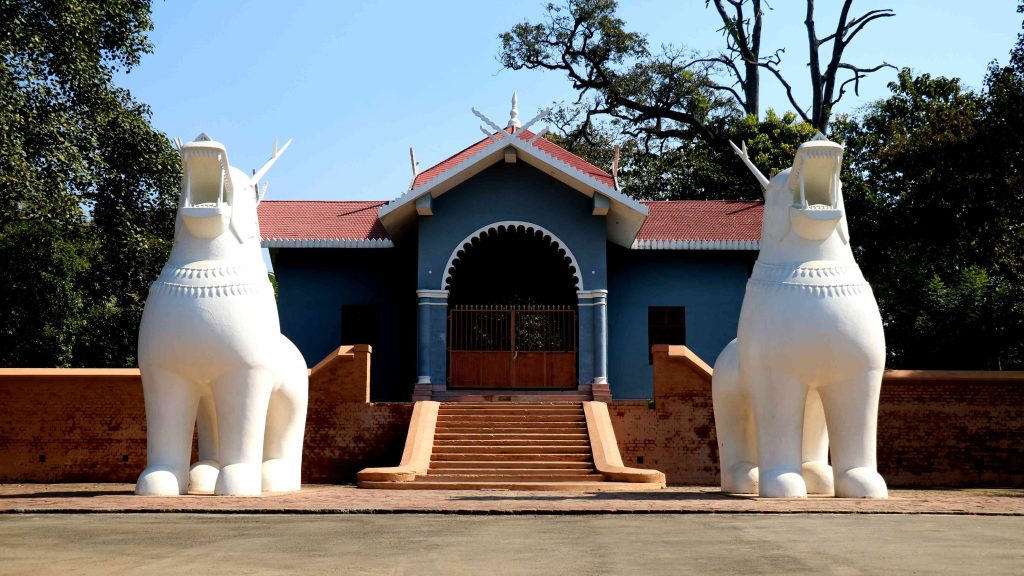
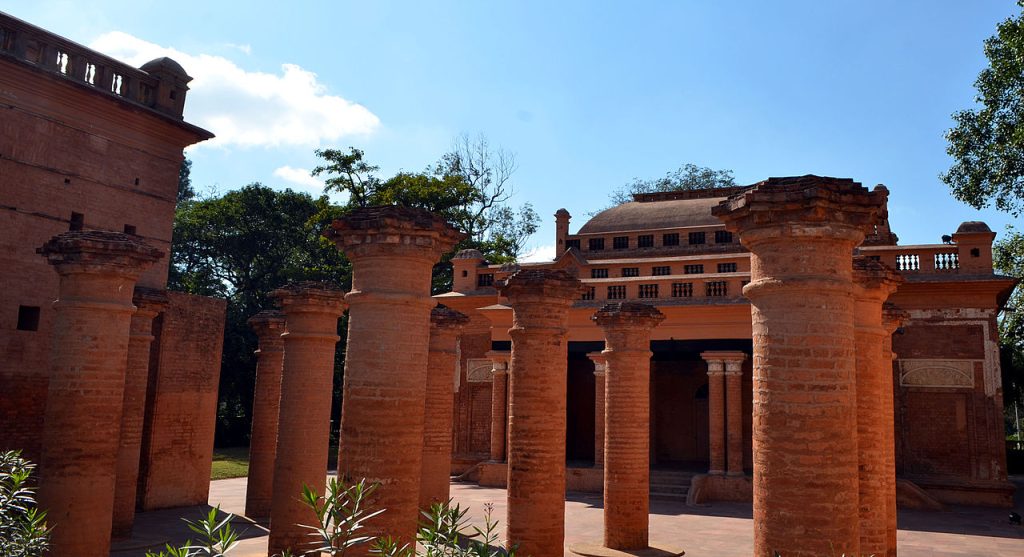

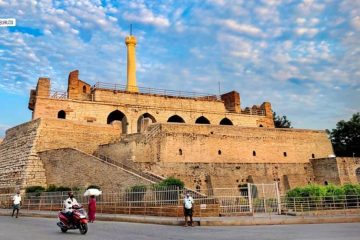
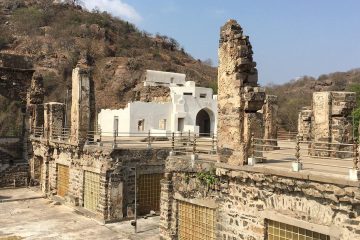
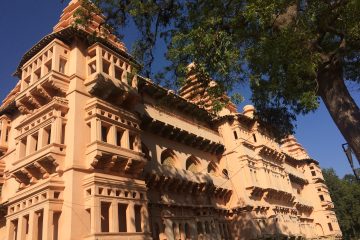
0 Comments